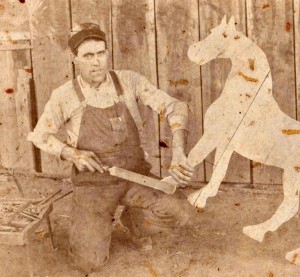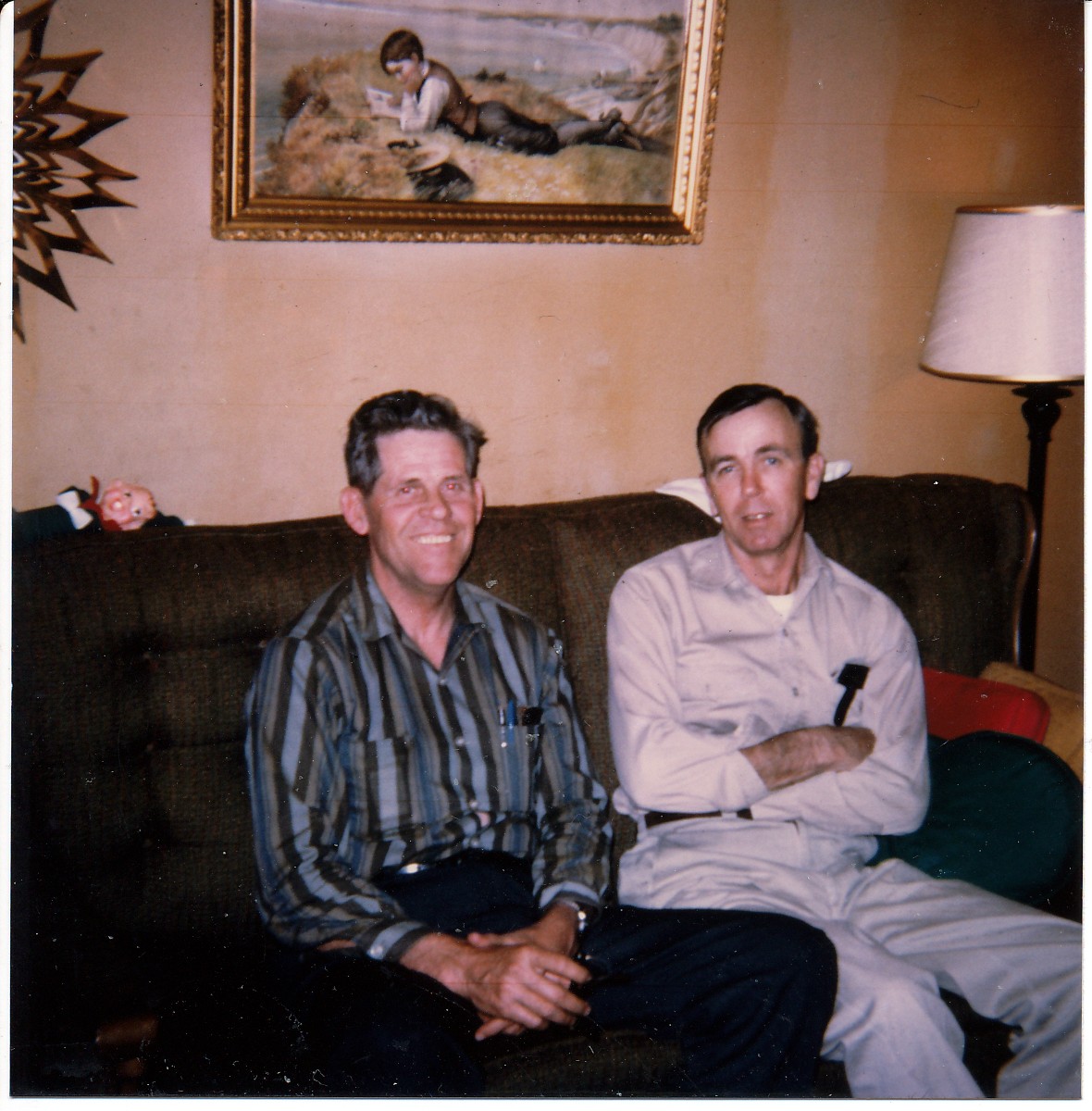This is a Crosstitch my mother had hanging on her wall. It says, “I feel more like I do now than I did when I got here”, one of her favorite sayings. We grow up with phrases we’ve heard, words or phrases — sayings we read, quotes, you name it. What about “I THINK – THEREFORE, I AM.”
Philosopher Rene’ Descartes (Rin-NAY Day-CART) in his 1637 “Discourse on the Method of Rightly Conducting Reason, Part IV” said “Cogito, Ergo Sum” (I think, therefore I am). You see, philosophers have this notion that it’s fruitful to think totally weird ideas like, “Do we really exist or is this all a dream?” Descartes’s point is that we, the human race, are capable of thought. If we can think, we have minds so we must indeed exist.
Ok, ok, too deep, I know. So here’s a joke my brother Rick told me. He says a doorbell rings, a guy opens his door to find a girl scout selling cookies. He asks, “How much?” She tells him. He fumbles in his pocket for the money then very slowly says, “I don’t think …” Poof! He disappears!
I guess you’d have to be a philosopher to get it.
I like saying my son came up with. Actually a lot of people came up with it but I’ll credit him with it because he didn’t know at the time that others had same something similar. He said, “Good judgement comes from experience. And experience — well, that comes from bad judgement.” I like that one.
But where do the weird little words or phrases we learned from our parents come from? Some we know. My parents always used the French phrase “beau coup” meaning a lot or an abundance. It’s originally French “biau cop” according to the dictionary which can me “a beautiful helping” of soup or beverage. Why French? Sometimes I wonder if it isn’t from our French ancestors on my dad’s mother’s side. Her maiden name was “Seay.” Originally “DeSaye”, her ancestors were French Huegonots who came to America seeking religious liberty.
I guess one of the strangest things I remember hearing when we were growing up is my dad would always say, “It went through him like a dose of Croton Oil.”
I looked that up several years ago but found nothing so I gave up searching for it. Times have changed. Now we have Wikipedia. I looked up Croton Oil and there it was! Sure enough, it says, “Small doses taken internally cause diarrhea.” That’s what I figured. But where did my dad come up with that. Was it something he heard his parents say? Something he read? Or was it a popular phrase used in his generation?
I read what Wikipedia said about its history. Croton Oil is mentioned in a Steinbeck novel. Dad was an avid reader. He may have seen it there but one thing really caught my eye. During WWII, the U.S. Navy mixed Croton Oil with the alcohol fuel used to power torpedos to keep sailors from drinking it. I remember dad mentioned that torpedos were powered by alcohol. He was in the Navy in WWII and served in both the Atlantic and Pacific theaters. I’m pretty sure that’s where he became familiar with Croton Oil when his fellow sailors got sick from it. Problem solved!
So what words or phrases did you grow up with? Do you know where they originated? Are they part of your family’s heritage? Like the song says, “You never can tell.”






